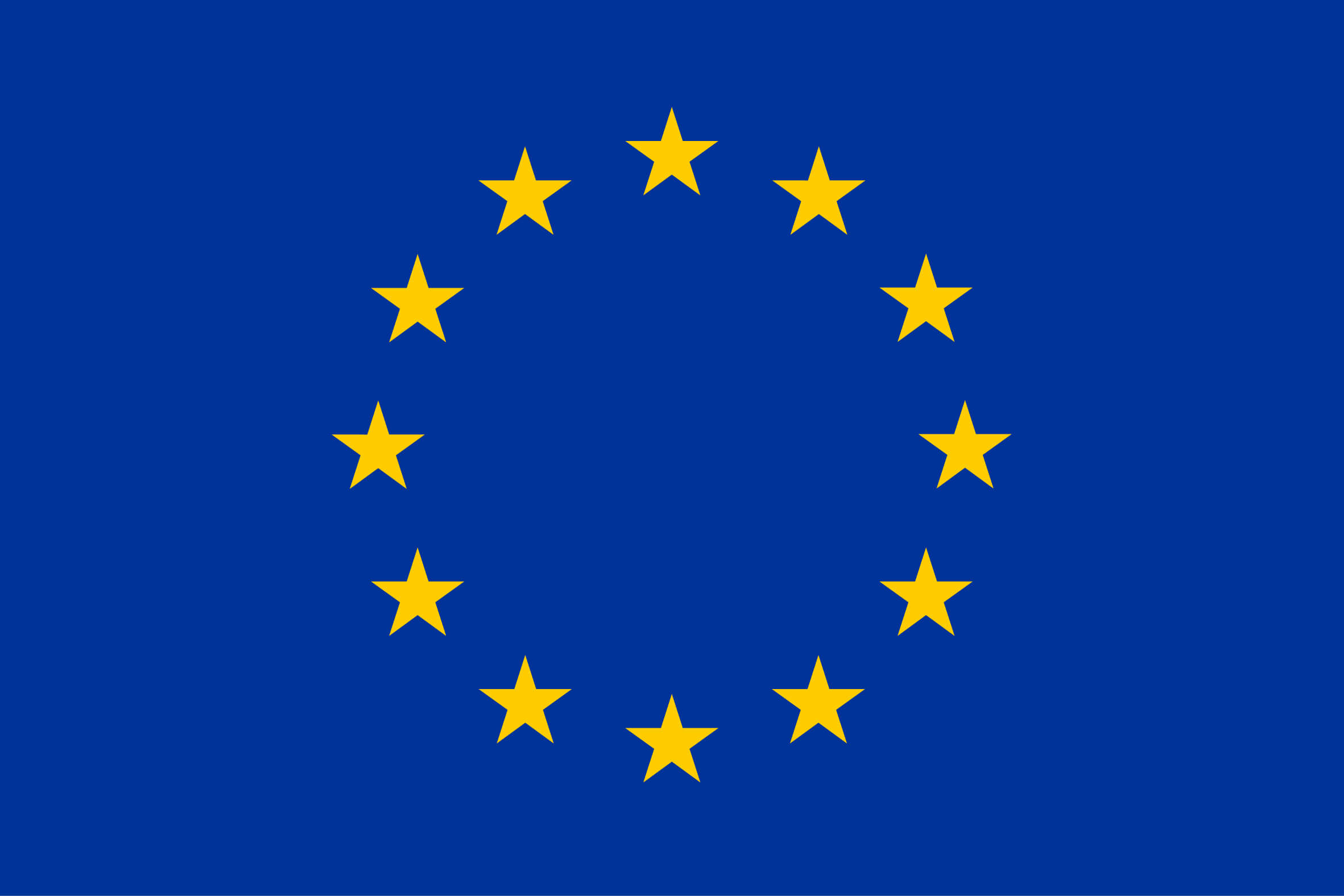ReCoSy: Redox Phenomena Controlling Systems
ReCosy was a four-year collaborative project under the Seventh Framework Programme of the European Atomic Energy Community (EURATOM) involving key European Research Institutes and Universities from 13 EURATOM signatory states, Russia and one European Joint Research Centre. The main objectives of ReCosy were to build a sound understanding of redox phenomena controlling the long-term release/retention of radionuclides in nuclear waste disposal and to provide tools to apply the result to Performance Assessment/Safety Case.
Overview
Project Dates: 01/04/2008 – 31/03/2012
Project Status: Finished
Project Website: www.recosy.eu
The project was based on problems identified within studies related to national nuclear waste disposal implementation programs. Most national programs for the disposal of high-level radioactive waste are based on deep geologic disposal, where reducing conditions are a key feature for the safety function. The redox state is a very well-defined thermodynamic property, in principle; however, small shortcomings are frequently found:
a) Different redox determination methods respond to different redox sensitive and redox determination components.
b) There are different protocols at different laboratories for the application of redox electrodes.
c) Calculation of redox states based on analytical data of presumably coupled redox sensitive components suffer under uncertainty.
d) In calculations based on analytical data, it is unclear which components are in redox equilibrium.
e) The timely response to redox measurements depends on the kinetics of involved reactions and electrode surface properties.
f) The timely response to external changes of the redox conditions of near natural and real systems depends on the deviation from equilibration of the overall system.
Consequently, modelling of the redox state of the system and the involved relevant radionuclides for its application in the safety analysis, especially over long time periods, remains vague, if not rudimentary.
Objective
The key objectives of ReCoSy were to provide an improved interpretation of redox potential in all relevant host-rock systems to be used within European Safety Cases.
For this purpose, the scientific and technical objectives were to:
a) Develop advanced methods for determination of redox conditions in the concerned specific systems.
b) Identify the components that govern the system redox conditions.
c) Identify the equilibrium and deviation from equilibrium of different redox sensitive components.
d) Determine the kinetics/time function response of system components to perturbances related to relevant scenarios within the disposal Safety Case.
e) Determine redox reactions of sensitive radionuclides and deduce their transport/retention properties.
f) Determine the impact of microorganisms on the redox conditions of the overall system and individual components.
g) Identify redox processes driving the spent fuel dissolution, including redox coupling with relevant near-field materials.
Additional objectives focused on education, training, communication and dissemination:
a) Training of young researchers within the project by scientific mobility measurements and workshops on specific topics.
b) Documentation, communication and dissemination of the results, addressing the directly concerned community involved in the nuclear waste disposal safety case and a broader scientific community.





